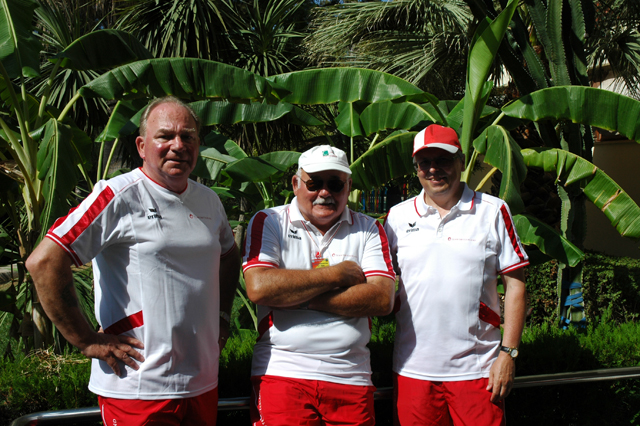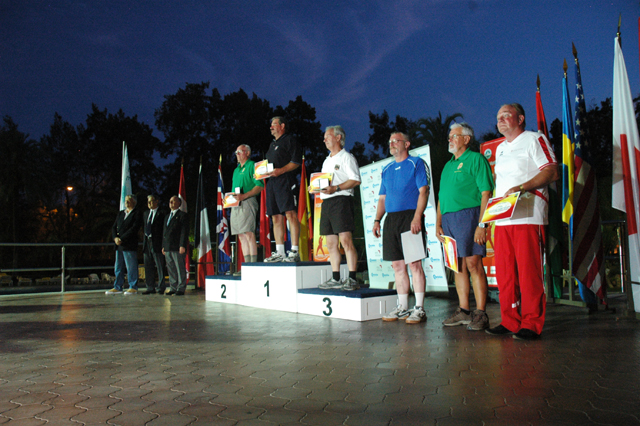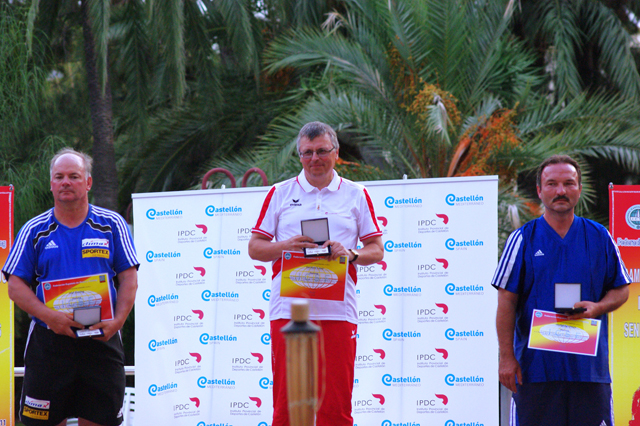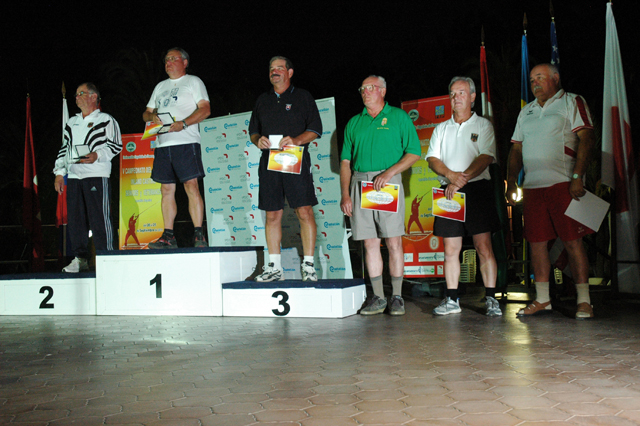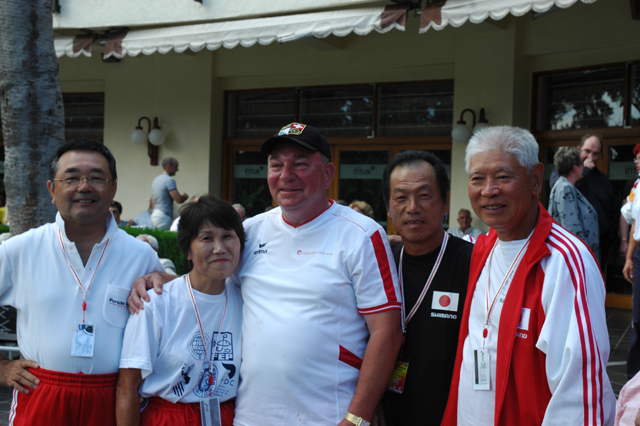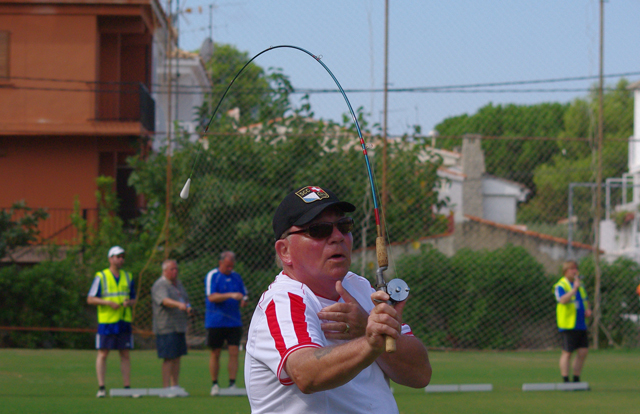Liebe Lachsfischer
Für den erfolgreichen Lachsfang sind drei Dinge wichtig, das eine genauso wie das andere.
- Die Wurftechnik – ohne sie geht es einfach nicht, wer es noch nicht beherrscht, schaut sich den DVD „Perfektes Fliegenwerfen“, dort hat es ein ganzes Zweihand-Kapitel.
- Die Taktik – zu wissen, wo die Lachse stehen, die Wassertemperatur kennen und die Antwort auf die Frage; Wie werfe ich den Lachs an.
- Auftritt und Tarnung – wer laut auftritt und sich nicht tarnt hat wenig Chancen einen Lachs zu fangen. Dann gibt es aber noch einen 4. nicht unbedeutenden Punkt:
- Kleine Fangtricks – Das fängt beim richtigen Menden an und hört am Schluss vor dem nächsten Wurf auf. Und genau über diesen (oft Match entscheidenden) Punkt handelt nun der folgende Artikel. Ich gehe davon aus, dass ein Lachsfischer soviel englisch versteht, dass er den Sinn dieses Artikels versteht.
Ich wünsche Euch allen eine erfolgreiche Lachsfischer-Saison 2012. Wenn Ihr Rat braucht, sei es in Sachen Lachsgewässer, Lachsgerät oder Wurftechnik, wendet Euch an uns, wir sind die Spezialisten. Wir haben auch neue, ganz giggerige Lachsfliegenmuster in unserer Kollektion.
Petri Heil
H.R. Hebeisen
Fish before you cast
Can you please offer some advice on what to do when the fly has inished its swim and is hanging straight downstream? I'm never sure whether it's best to start retrieving it immediately, fast or slow, smooth or jerky, and so on.
BILL GALES, VIA E-MAIL.
What works for one fisher might not necessarily suit another. And a lot depends on position and circumstances. For example, is the water belowyou shallow, or is it deep enough to hold a fish and lively enough to swim a fly? Also, how are you presenting the fly? For example, if you've gone for a square and fast presentation with something like a Sunray or Monkey, then it would seem to make sense to keep the fly moving at pace throughout its retrieve.
It's when you're fishing the fly comparatively slowly that you're most likely to encounter a fish that follows the fly as if unsure what to do with it. If you are in such a rush to make your next cast that you whip the fly away, you'll deny that fish the opportunity to do the decent thing...
Imagine you've worked the fly through that productive crease at the edge of the current, and now the fly is hanging in water that may hold a fish. It might be a follower, or it might have been resting there for hours or days. Or it might by now be some distance away; still keeping an eye on the small object that was swimming in front of its nose a few seconds ago. How to tempt it?
One possibility is simply to leave the fly hanging - supposing that the current is strong enough to keep it swimming rather than sinking to the bottom. A dressing with mobile hackles and some strands of angel hair in its soft wing or long tail will practically fish itself in these circumstances. There again, I personally haven't got the patience to do nothing for more than about five seconds - though I've seen others waiting much longer and suddenly their reel has sung. Having waited for however long a time at least long enough to ensure your cast is completely fished out - one possibility is to raise and lower the rod tip so the fly falls back then darts forward. Alternatively, there's the Scandinavian technique. Move your arm back and forth, like a player about to take a snooker shot. Perhaps we could call it "snookering". This can be more effective than raising and lowering the rod tip as it allows for greater variation. Gentle or strenuous, short or long - use your imagination...
Finally, we start to draw in line. You might opt for fairly short and gentle draws, or a figure-of-eight retrieve. Like the auctioneer provoking one last bid with his "Going, going, gone," before bringing down his gavel. How soon you bring down the gavel - how quickly you accelerate your drawing in of the line - is up to you. Some people feel they've done enough after slowly drawing in a yard or so; others insist they get many fish by continuing to slowly draw in the running line until the back of the head, be it shooting or spey, is almost at the rod tip.
In certain circumstances I might let the fly come on to the dangle, leave it hanging for at least a few seconds, and then start snookering it. Next I will make a figure-of-eight retrieve, merging those into some slowish draws, which I will keep going until I feel I have done enough. Only then will I start drawing in the line quickly, prior to the next cast.
How you fish out the fly is just another of those things that reflects whether you are a fisher or simply a caster.
Next month I shall be answering a question on choosing the best wading depths and routes. So where will that leave us? We want to have the fly fishing throughout its swim - on a straight leader at the start, and carefully worked at the end. And ensure it's swimming at the best angle, speed and depth by choosing the best wading route. If we make the effort to get these things right, our catches are bound to improve.

